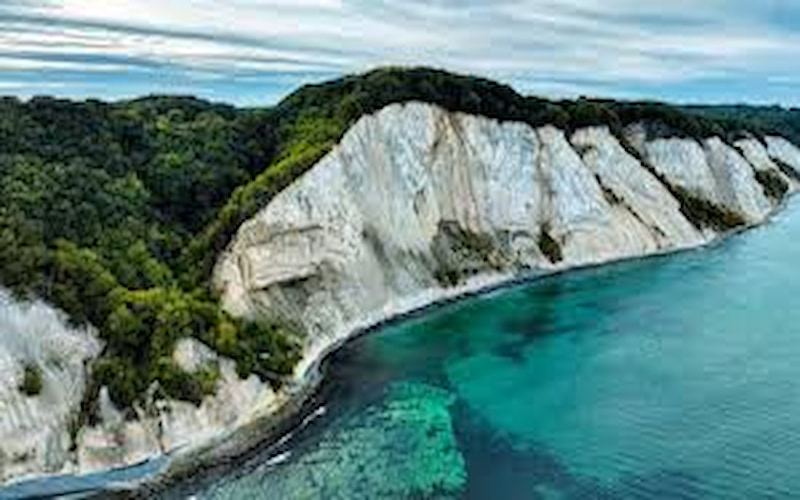Denmark has quickly become one of the top trending travel destinations in Europe, thanks to its blend of modern cities, fairytale castles, and sustainable living. Whether you’re dreaming of strolling along Nyhavn’s colorful harbor, exploring the Viking Ship Museum, or indulging in Copenhagen’s New Nordic cuisine, a visit to Denmark promises unforgettable experiences. However, before packing your bags, it’s essential to understand the Denmark Visa process to ensure a smooth and hassle-free journey.
Types of Denmark Visas You Can Apply For
Depending on your travel purpose, there are several visa types to consider:
1. Tourist Visa
This short-stay Schengen visa allows travelers to explore Denmark and other Schengen countries for up to 90 days within a 180-day period. It’s ideal for sightseeing, visiting friends or family, and attending cultural events.
2. Business Visa
For those attending conferences, meetings, or trade events in Denmark, the business visa is the suitable choice. It also grants short-term access to other Schengen nations.
3. Student Visa
If you’re planning to attend a university program or a short-term course in Denmark, the student visa permits longer stays. You may need a residence permit depending on the duration.
4. Work Visa
Professionals relocating to Denmark for employment opportunities will need a work permit. Denmark’s labor market is welcoming, especially in sectors like IT, engineering, and healthcare.
How to Apply for a Denmark Visa: Step-by-Step Guide
Step 1: Determine the Type of Visa
Choose the right visa category based on the purpose of your visit. For most short-term stays, the Schengen tourist visa will suffice.
Step 2: Gather Required Documents
Here’s a general list of the documents needed:
-
Valid passport (with at least 2 blank pages and 3 months validity beyond your stay)
-
Completed and signed Schengen visa application form
-
Recent passport-size photographs (as per Schengen specifications)
-
Travel itinerary and flight reservation
-
Proof of accommodation in Denmark
-
Travel insurance covering €30,000 for medical emergencies
-
Proof of financial means (bank statements, salary slips, etc.)
-
Cover letter explaining the purpose of the visit
Step 3: Book an Appointment
Submit your application through VFS Global or the nearest Danish embassy or consulate in your location. It’s advisable to apply at least 15-30 days before your travel date.
Step 4: Attend the Visa Interview
Be prepared to answer questions regarding your travel plans, duration of stay, and return intentions. Ensure all documents are original and organized.
Step 5: Pay the Visa Fee
The standard Schengen visa fee is approximately €80 for adults and €40 for children (ages 6–12). Fees may vary based on your application center.
Step 6: Wait for Processing
Processing time typically takes around 15 calendar days, but it may vary depending on the volume of applications or additional document requests.
Denmark Travel Trends in 2025
1. Eco-Tourism on the Rise
Sustainable travel is gaining momentum in Denmark. Visitors are increasingly opting for eco-friendly accommodations, electric bike tours, and farm-to-table dining experiences.
2. Digital Nomad Interest
Copenhagen and Aarhus have become hotspots for digital nomads thanks to Denmark’s strong internet infrastructure, co-working spaces, and vibrant city life.
3. Cultural & Heritage Tours
From Viking history to Hans Christian Andersen’s legacy, cultural tourism is booming. Many travelers are booking heritage tours to delve deeper into Denmark’s storied past.
Must-Visit Attractions in Denmark
Tivoli Gardens – Copenhagen
One of the oldest amusement parks in the world, perfect for family travelers and fans of scenic gardens.
The Little Mermaid Statue – Copenhagen
This iconic sculpture is inspired by Andersen’s fairy tale and is a must-visit for any first-time tourist.
Kronborg Castle – Helsingør
A UNESCO World Heritage Site also known as “Hamlet’s Castle,” offering majestic views and deep history.
ARoS Aarhus Art Museum – Aarhus
Home to innovative contemporary art and the famous “Your rainbow panorama” rooftop.
Skagen – Northern Denmark
Famous for its unique light, sandy beaches, and where two seas meet — the Skagerrak and Kattegat.
Travel Tips for a Denmark Trip
-
Weather: Denmark has a temperate climate. Summers are mild, while winters can be cold and windy. Pack accordingly.
-
Transportation: The public transport system is efficient, and biking is a popular option in cities.
-
Currency: Denmark uses the Danish Krone (DKK), not the Euro.
-
Language: Danish is the official language, but English is widely spoken.
-
Safety: Denmark consistently ranks as one of the safest countries in the world, making it ideal for solo travelers and families.
Conclusion
Traveling to Denmark offers a mix of rich culture, modern lifestyle, and natural beauty, making it one of the most desirable destinations in Europe. Whether you’re planning a short vacation or a long-term move, understanding the visa process is essential for a smooth journey. If you’re based in the UAE and excited to explore this Nordic gem, applying for a Denmark Visa from UAE is your first step toward experiencing the magic of Scandinavia.






